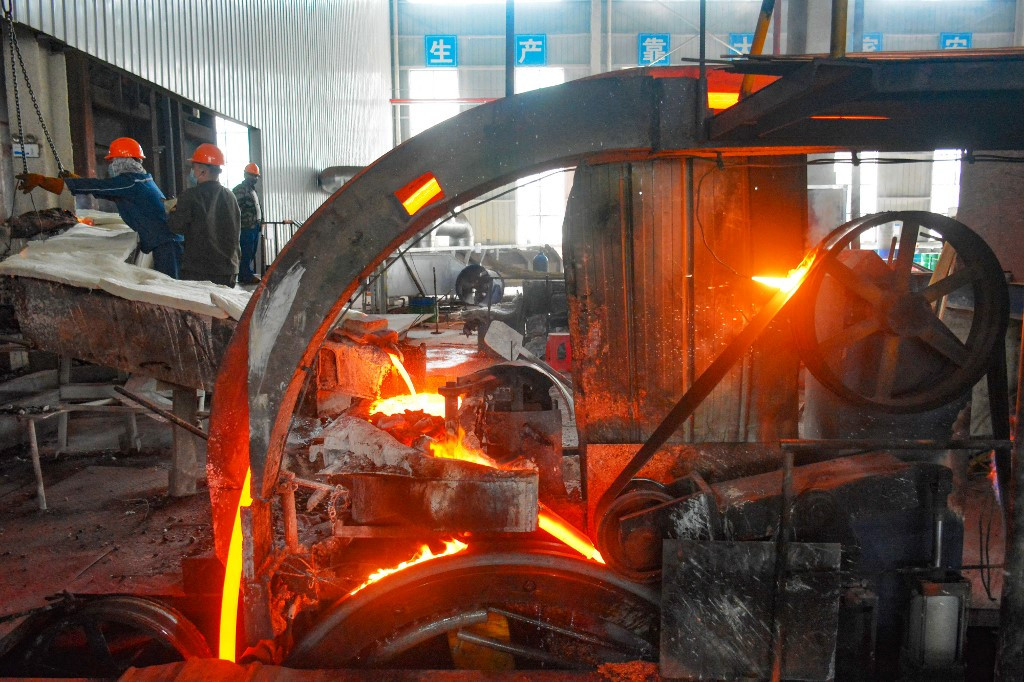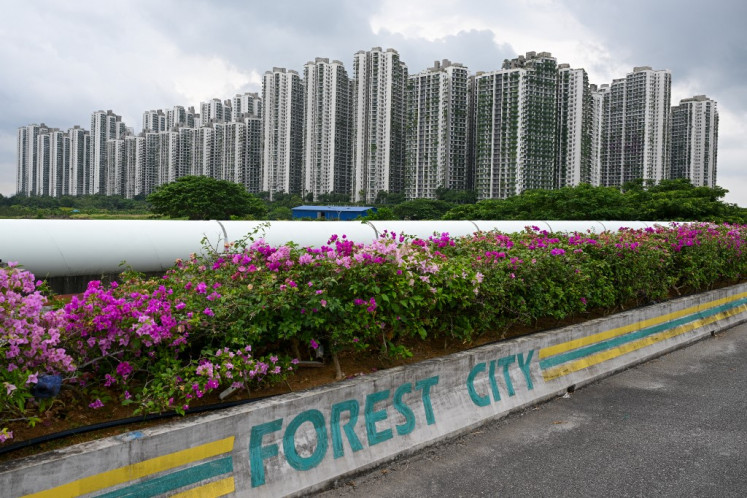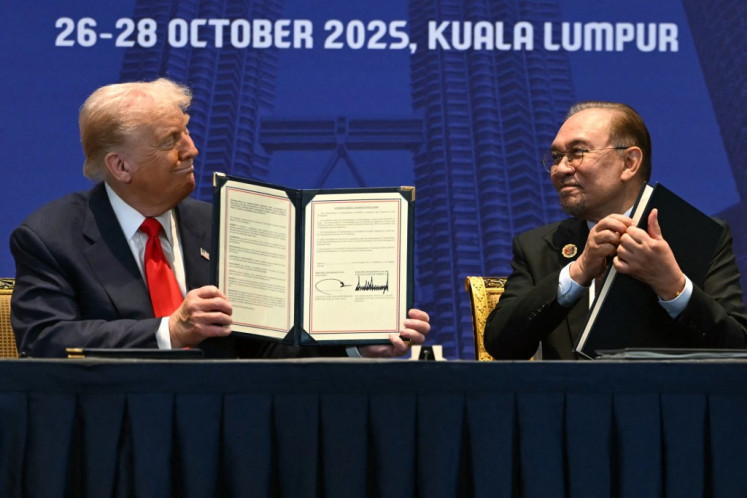Popular Reads
Top Results
Can't find what you're looking for?
View all search resultsPopular Reads
Top Results
Can't find what you're looking for?
View all search resultsChina’s fight against price wars is an uphill battle
China’s anti-involution efforts have had some success, but this will likely not be a short fight.
Change text size
Gift Premium Articles
to Anyone
O
vercapacity has made its way into China’s domestic market, with price wars leading to collapsing profitability and accelerating deflation. The government has responded by launching a so-called “anti-involution” program to combat deflationary price wars. It’s had some early wins, but this could be a lengthy battle.
The Chinese internet slang for “involution” originally referred to competitive pressures faced by young Chinese in education and the workplace. Since early 2024, however, the word has come to describe supposedly excessive, unsustainable competition among Chinese firms, where more resources are being invested without increasing higher returns.
The Chinese government began to highlight the economic dangers of involution as early as June 2024 in the face of declining corporate margins and profitability across diverse sectors such as electric vehicles, solar panels, lithium batteries, steel, cement and food delivery.
Critiques of "excessive" competition grew much louder in the first half of 2025 as several price wars escalated. In particular, EV leader BYD started sharply cutting prices, and food delivery giant Meituan and new ecommerce platform JD.com began offering discounts and subsidies.
Increased competition in China also appears to be amplifying deflationary pressures. While China’s Producer Price Index (PPI) has been in negative territory for much of the last three years, hopes of escaping this morass were ignited in mid-2024 as domestic demand appeared to be recovering. However, that optimism was doused this year as price wars intensified, with PPI falling by 3.6 percent year-on-year in the most recent report.
China’s government, recognizing that industrial overcapacity is a potential danger to the domestic economy, launched a multi-pronged anti-involution campaign in July.
The program seeks to channel investment funds to advanced manufacturing, control production in highly competitive industries like steel, oversee pricing and subsidies in EVs and food delivery and continue phasing out obsolete industrial capacity.
It’s still early, but some nascent impacts are visible. Carmakers’ average price discount declined in July, and Meituan, JD.com and Alibaba recently agreed to end aggressive discounting in food delivery and promote "fair competition".
Industry consolidation has accelerated as well. Polysilicon manufacturers are discussing the creation of a US$7 billion fund to acquire and shut down almost one-third of their production capacity and restructure part of the loss-making sector.
Additionally, the country’s largest coal miner, China Shenhua Energy, stated its intention to acquire various assets from the subsidiaries of its controlling shareholder to improve operational efficiency.
China’s anti-involution program faces myriad hurdles, however.
For one, most of the targets of the anti-involution program are in the private sector, which means they will be making voluntary pledges to maintain pricing discipline and thus could revert to aggressive tactics in the face of market pressure.
Importantly, Beijing’s previous supply-side structural reforms from 2015-17 reduced excess capacity among state-owned firms, over which Beijing, by definition, had much more control.
Moreover, many of China’s local governments are highly indebted and may prioritize short-term revenue generation over long-term reform, potentially offering subsidies to firms to attract investment even in industries targeted by the anti-involution campaign.
Innovation in emerging technologies could also be a casualty if deterring overlapping investments hinders experimentation with different approaches. And tighter oversight on pricing and capacity could dampen private capital’s investment enthusiasm overall.
Finally, one of the biggest risks to the implementation of the program is the possibility of job losses as industries consolidate and become more inefficient.
While China’s youth unemployment rate has declined recently, it remains high and could increase over the next few months as over 12 million new university graduates join the workforce. And the private sector, which is the target of the anti-involution program, generates the vast majority of China’s incremental employment.
China’s anti-involution efforts have had some success, but this will likely not be a short fight.
First, to truly absorb excess capacity in various industries, Beijing will almost certainly have to stimulate domestic consumption more aggressively than it has in the past. Sentiment among Chinese consumers remains quite low, implying that the monetary and fiscal stimuli undertaken by China’s government over the past year have had only a limited impact.
The government could also consider more innovative, hitherto untested policies.
For example, it could mandate superior product quality to weed out players who compete purely on cost to encourage industry consolidation. However, defining “low quality” and enforcing standards would be challenging, and this strategy may be less effective in services industries.
Another way to reduce the incentives for extreme competition would be encouraging collaboration between firms through technology sharing and mutual equity holdings.
And the increased availability of patient long-term capital could obviate the need for companies to ramp up production and revenues rapidly.
The anti-involution program marks a new phase of China’s pursuit of high-quality development. Enforcing pricing discipline and market stability in furiously competitive industries will be no easy task. That means an updated playbook may be needed.
---
The writer is founder and CEO of Emmer Capital Partners Ltd, and the former head of Asia-Pacific Equity Research at BNP Paribas Securities. The views expressed are personal.











